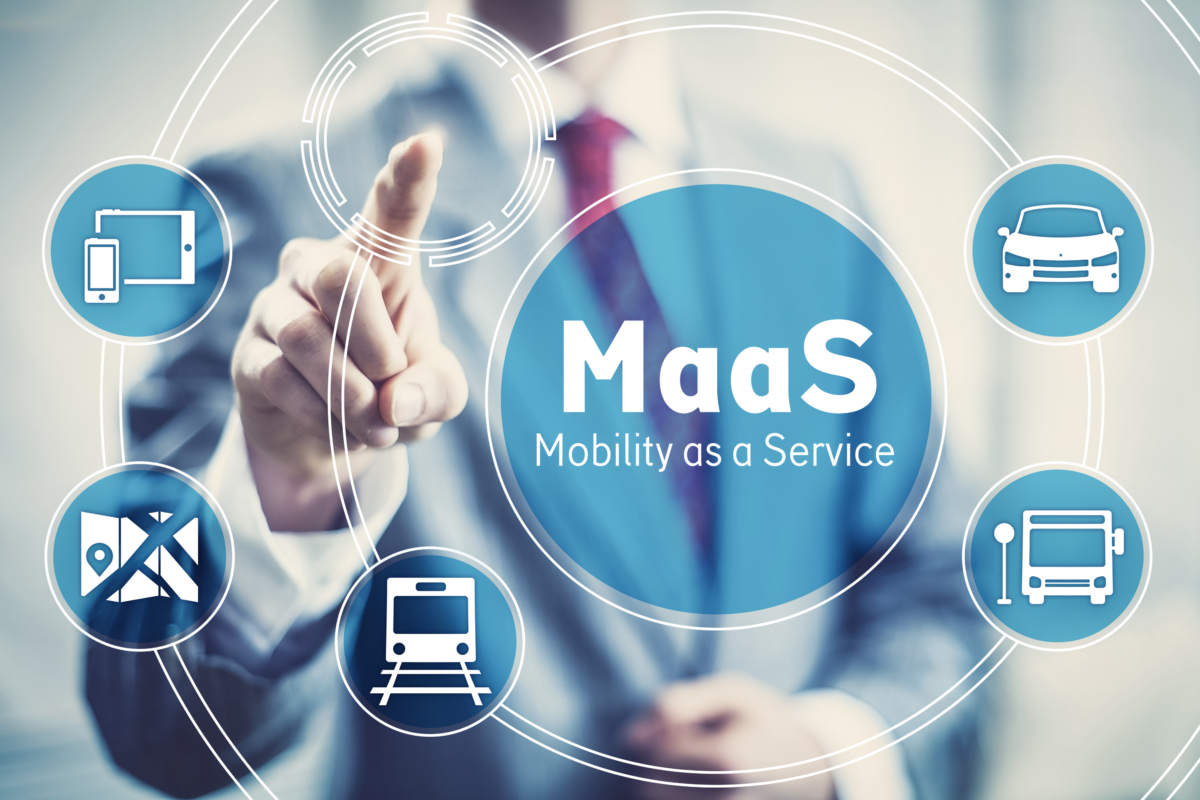Recently, a pilot with shared electric vehicles has started in Rotterdam. The small, electric vehicles of Lev offer a new, comfortable, way of transport to move through the city (Rotterdam, 2019). Next to the possibility of driving this car, it is also possible to take a Felyx (shared scooter), or a bike (Mobike). However, these different providers of transport all have their own app, which needs to be installed before consumers can utilize their services. A concept which combines all these different transport modes into one interface is called Mobility-as-a-Service (MaaS). Is this concept going to be the future of mobility?
MaaS offers several advantages. Firstly, it decreases the need for owning private vehicles, by ensuring that a consumer can take its preferred mode of transport mode at any time (Gould, 2015). Because of this, MaaS can also contribute to the sustainability vision, since it can reduce the negative effects of the use of private cars on urban contexts and environment (Giesecke, Surakka, & Hakonen, 2016). Besides, MaaS can contribute to increasing access in reaching places and increase the ability to make use of different transport modes (König, Eckhardt, Aapaoja, Sochor, & Karlsson, 2016). These advantages could cause that MaaS is going to be a widely accepted concept in the future.
However, there are also a few reasons why MaaS might not be the future of mobility. Although MaaS would be a very convenient platform for users, companies might not be that eager to join such a platform. Most companies already have their own channel to offer their mobility options. Think of Uber and Felyx, which both have their own app. If rides are going to be booked via a MaaS platform, Uber and Felyx might have to pay a fee to this platform. So, costs might rise while returns will be the same. Besides, firms also lose direct contact with their customers and are dependent on the customer service of a third-party.
So, is MaaS going to be the future of mobility? If it was up to customers, I would say yes. However, providers of mobility options might be less enthusiastic to support this concept. Therefore, the answer is not a straight-forward yes. Nevertheless, firms which listen best to customers are the firms which generally survive. This might enhance the chances for success of MaaS!
References
Giesecke, R., Surakka, T., & Hakonen, M. (2016, April). Conceptualising mobility as a service. In 2016 Eleventh International Conference on Ecological Vehicles and Renewable Energies (EVER) (pp. 1-11). IEEE.
Gould, E., Wehrmeyer, W., & Leach, M. (2015). Transition pathways of e-mobility services. WIT Transactions on Ecology and The Environment, 194, 349–359.
https://www.rotterdam.nl/nieuws/lev_elektrische-deelauto/
König, D., Eckhardt, J., Aapaoja, A., Sochor, J. & Karlsson, M. (2016). Business and operator models for Mobility as a Service (MaaS) (Deliverable 3 to the MAASiFiE project). Brussels: Belgium.

